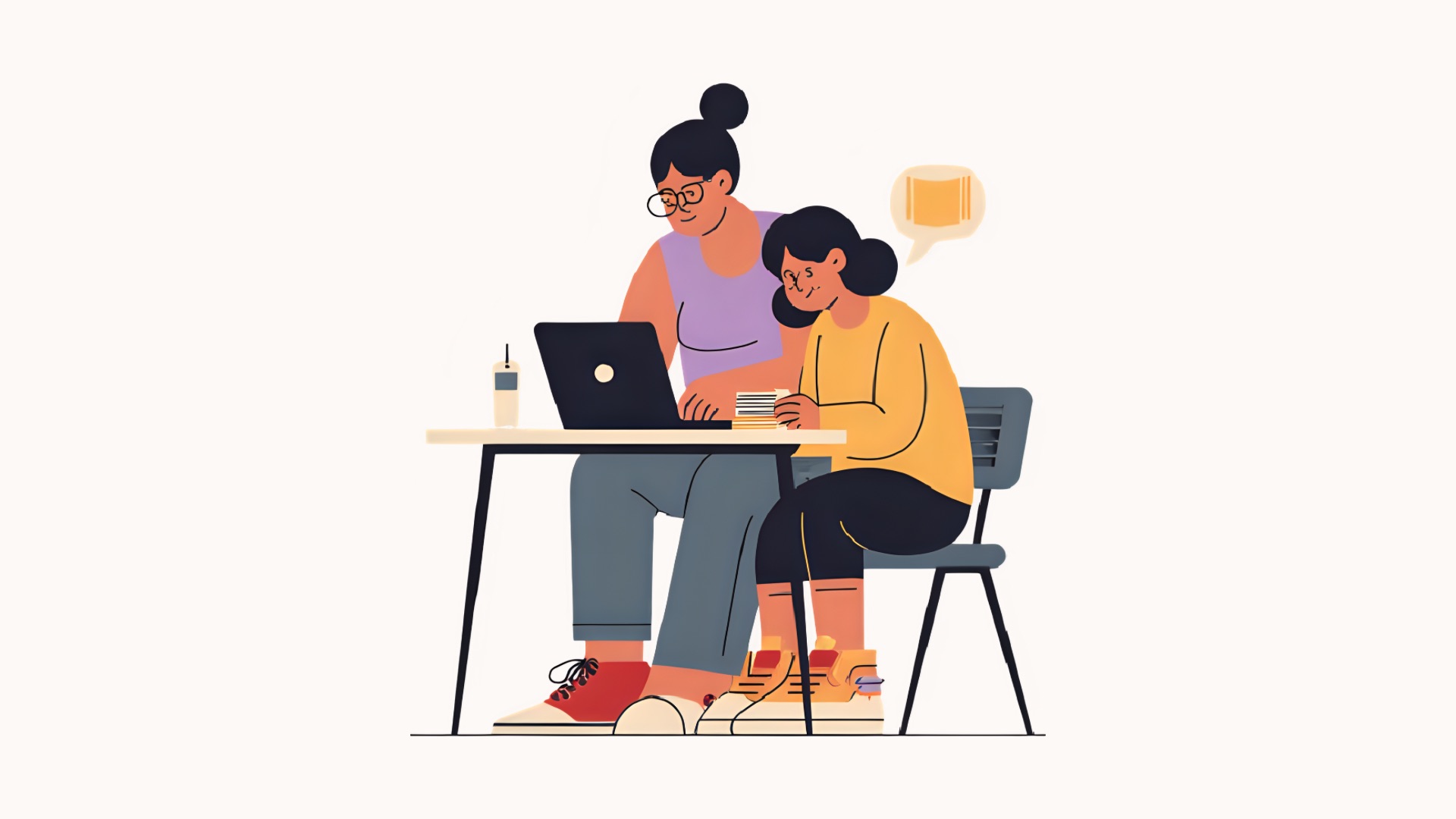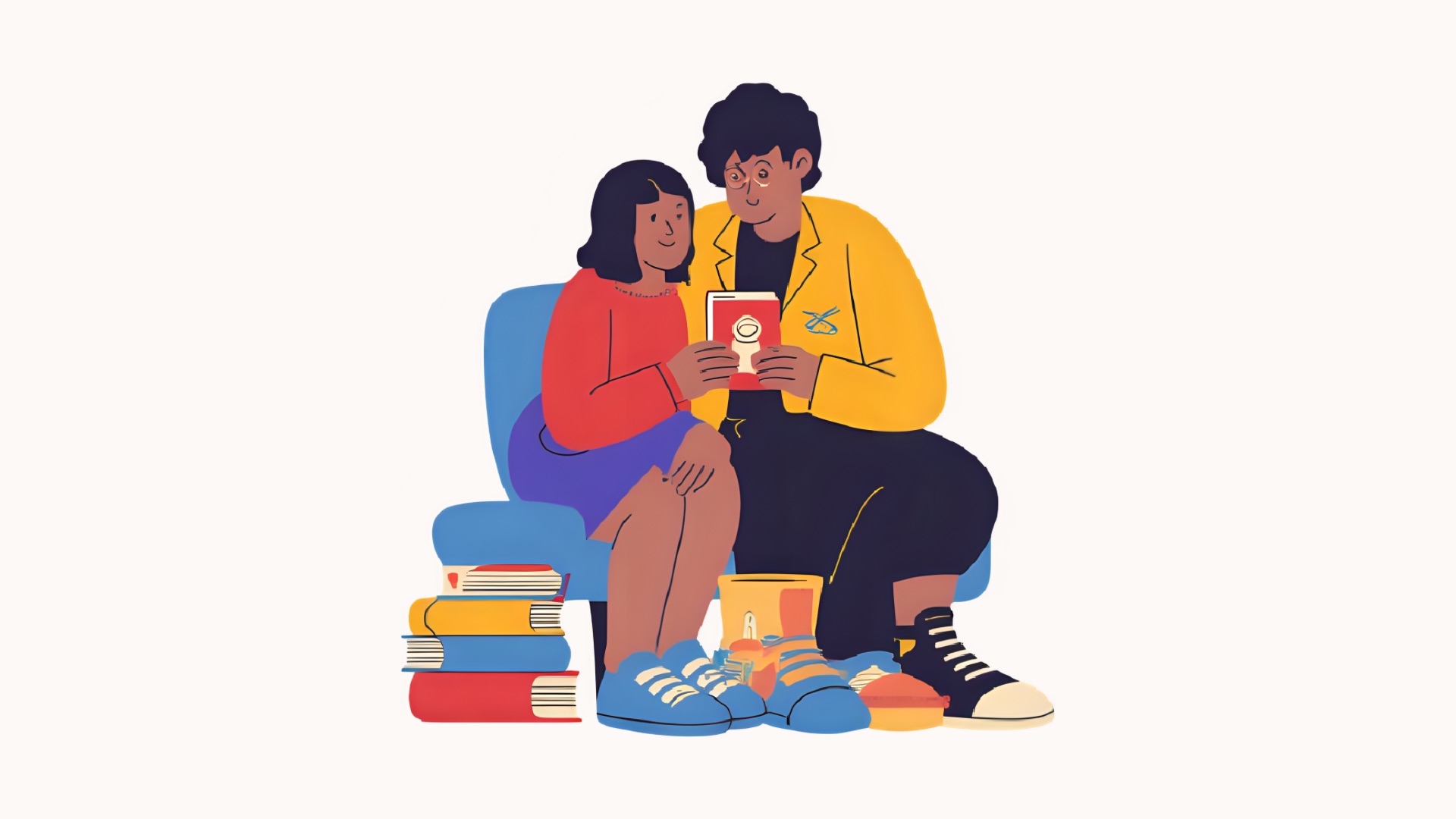Reimagining Teen Services
As discussed in Assignment X, traditional library services fall short when it comes to serving teens. Teenagers occupy a unique space; too old for children’s programming and not necessarily drawn to adult offerings.
To remain relevant, libraries must rethink how they engage with teens — both inside the building and beyond it. Stephens (2019) emphasizes wholehearted librarianship rooted in empathy, creativity, and community engagement. For YA services, this means seeing teens as creators, collaborators, and agents of their own learning.
Meeting Teens Where They Are
Teens live in hyperlinked communities online, curating identities and connecting through platforms like TikTok, Instagram, and Discord. Jensen (2023) highlights how BookTok drives reading engagement by sharing the emotional impact that teen readers crave. Getting online is a great way for libraries to share behind-the-scenes videos, interactive challenges, and moderate Discord spaces — turning digital platforms into extensions of the library.
Alternative service delivery models help libraries reach teens where they are physically and digitally. Pop-up libraries at schools or parks, book bikes rolling through neighborhoods, and community lockers for after-hours pickup make resources accessible to teens who might never step into a branch. Warner (2018) emphasizes that these strategies help libraries stay visible, relevant, and approachable.

Teens as Creators, Not Just Consumers
Social media thrives on creation, and teens are eager to express themselves. Libraries can invite them to co-create content. Some examples would be to:
- Host “Teen Takeover Tuesdays” on Instagram or TikTok.
- Feature teen artwork, writing, and videos on library website and social media channels.
- Offer workshops in podcasting, video editing, and digital storytelling.
This approach helps build community while empowering teens as leaders and contributors, fostering authentic engagement and a sense of ownership over their library experiences. And it’s happening out there in the real-world.
At Oakland Public Library, teens participate in the monthly Teen Zine Club, a space where they create their own zines using supplies provide by the library. This initiative allows teens to express themselves creatively and share their voices with the community.
At Brooklyn Public Library, Teen Takeovers offer after-hours events planned and hosted by teens for teens. The Teen Takeovers Branch Council is an internship program where high school students plan, organize, promote, and host these events — gaining valuable skills in event planning and community engagement.
And at the Boston Public Library, the Teen YouTube channel is where teens create and share content like book discussions, craft tutorials, and event highlights. It provides teens with an opportunity to develop digital literacy skills and engage in a creative way.
Recognizing and amplifying youth-produced content, what Bernier (2025) calls fugitive literacies, is essential for meaningful teen engagement. Libraries can include teen perspectives in collection development, program planning, and displays — all ways to shift from adult-centered programming and provide teen-centered spaces.
By combining digital engagement, flexible service models, and wholehearted practice, libraries center teen agency, creativity, and voices — transforming libraries into vibrant, hyperlinked communities where young people feel seen, heard, and empowered.

Libraries as Lifelong Allies
Libraries are more than repositories of books — they need to be spaces of equity, wellness, and digital empowerment. By blending empathy, flexibility, and creativity, public libraries become trusted partners in the intellectual, social, and emotional growth of teens.
They provide safe spaces for exploration, mentorship, and self-expression, while also connecting teens to digital tools, collaborative projects, and community resources. When libraries actively support teen agency, foster creative opportunities, and meet young people where they are, they transform into dynamic, inclusive hubs where teens can build skills, form meaningful connections, and discover their voice.
____________________
References
Bernier, A. (2025, September 21). AB’s Abstract Lecture #5 “To know the world and have the world know us…”(Part I, The Fugitive Landscape) [PDF]. https://drive.google.com/file/d/1XZn3v_zsq9JZILgjV-q-J2Iqh92huEQ2/view?usp=drivesdk
Boston Public Library Teens. (n.d.). Home [YouTube channel]. YouTube. Retrieved October 5, 2025 from https://m.youtube.com/channel/UCnyckhGtDbUK1MCG-EPYmrw
Brooklyn Public Library. (2025). Teen takeovers. Brooklyn Public Library. https://www.bklynlibrary.org/event-series/teen-takeovers
Brown, A., Hurley, M., Perry, S. & J. Roche. (2021). Zines as Reflective Evaluation Within Interdisciplinary Learning Programmes. Frontiers in Education. https://www.frontiersin.org/journals/education/articles/10.3389/feduc.2021.675329/full
Hasan, T. N. (2022). ‘Free, non-judgemental, accessible’: How your local library is a sanctuary of health and wellness. SBS. https://www.sbs.com.au/language/bangla/en/article/free-nonjudgmental-and-accessible-how-your-local-library-is-a-sanctuary-of-health-and-wellness/t15blzsi9
Jensen, K. (2022). As Seen on #BookTok: Inspiring Young Readers, TikTok Is a Boon for Books. School Library Journal. https://www.slj.com/story/as-seen-on-booktok-inspiring-young-readers-tiktok-is-a-boon-for-books-libraries
Opalmaya. (2025). Teen topics: Zines. Oakland Public Library. https://oaklandlibrary.org/blogs/post/teenresources-zines/
Potter, N. (2022). Instagram for libraries. Ned Potter. https://www.ned-potter.com/blog/instagram-for-libraries
Stephens, M. (2019). Libraries in Balance. In Wholehearted Librarianship. ALA editions.
Warner, L. (2024). Revolutionizing Public Libraries: Three Ways that Alternative Service Delivery Strategies Can Meet the Challenges of a Booming Population. Medium. https://medium.com/@lauracwarner/revolutionizing-public-libraries-ff7fed3d12c5
Williams, A. & Muller, C. (2021) Libraries are bridging the digital divide. Internet Society. https://www.internetsociety.org/blog/2021/03/libraries-are-bridging-the-digital-divide/
*images created by author in Canva


Hi Bevin,
As someone who has worked in public libraries for over three years, the thing that bothers me the most is that teen events are virtually non-existence. I remember speaking to a branch manager about how I wanted to be a teen librarian and they said that teen librarians tend to quit faster because their programs never get a lot of teens. Furthermore, they stated that teens do not visit libraries anyway. In my opinion, this is not true. It all depends on the librarian creating and hosting the event. A couple years ago, my former library branch hired a teen librarian from the east coast and every time she would host an event, there would be at least 10 teens per event. I had never seen the teen area be that crowded in my life! She eventually got promoted to a senior librarian position and as much as I was excited for her, we started getting less teens showing up. I think what made her different was the fact that she loved teens, she was invested in learning about social media trends that teens liked, and hosted successful teen advisory board meetings where the teens felt like they were being heard. All the events she would host catered to the different teen group. One of the library assistants I spoke with said that in her eight years of working with the library system, she had never seen that many teens for events.
Hi @ctaher, thanks for sharing. “Teens don’t use the library, so why bother?” is such a flimsy excuse. Ugh, it frustrates me as a professional, a mother of teens, and a library patron. I wish I had the answer, but it definitely varies from library to library and needs the right combo of librarian, administrative view of teen services, and an effective way to reach teens.
Hi Bevin,
Teens are smart and they instantly know whether an organization or institution is invested in their success. With libraries, its almost the same. Teens can easily sense when libraries and library administration care for them through the programs that are hosted in the library as well as the effort they put in to make teens feel welcome. Ironically, I feel that the libraries with the most decorated teen areas tend to attract more teens than ones that choose not to. I really like it when signage is placed in the teen area stating that the area is for teens only. It makes them feel like the space is for them and helps adults understand that that area is off limits.
@bevinclempson thank you for sharing all of these inspirations for services to teens. And you utilized a lot of good references for this reflection. I think a lot is possible in team services in libraries. If you have the right combination of teen librarians who feel empowered to do the outreach, they need to and a way to reach the young people of the community.
@ctaher I appreciate your comment here and the thing I want to hone in on is the fact that it does depend so much on the teen librarian, but also how library administration view services to teens.
@michael, thank you. Yes, the right combo of teen librarian, administrative view of teen services, and an effective way to reach teens in the community is needed for successful teen services that serve teens.
@bevinclempson 💯👍😄
Bevin,
Love the takeover Tuesday’s theme. What a great way to engage teens and foster community within the library.
Thanks, @jcrystalc
@bevinclempson You mentioned two ideas that really resonated with me. The first was BookTok content for teens that reaches them outside of the building, where they already are: online. I know I love BookTok content, as well as the funny content put out by so many libraries. I think librarians’ creativity is breaking through, as so many non-library people I know share library content with me.
I also like the idea of offering book mobile services to schools. While our local brick and mortar public schools are well-resourced, many charter schools do not have physical libraries or only have one for the region, not individual campuses. This would be effective at reaching many teens and would be highly desirable for the charter schools themselves that are alwasy looking for ways to market themselves as having enhanced programming
Thank you for sharing!
Hey @lisahach, I love hearing that library content is reaching wider audiences.
It’s such a great example of how creativity connects people to libraries in new ways. And yes, bringing bookmobile services to schools without libraries could make such a difference for teens who might not otherwise have easy access to books or library programs.